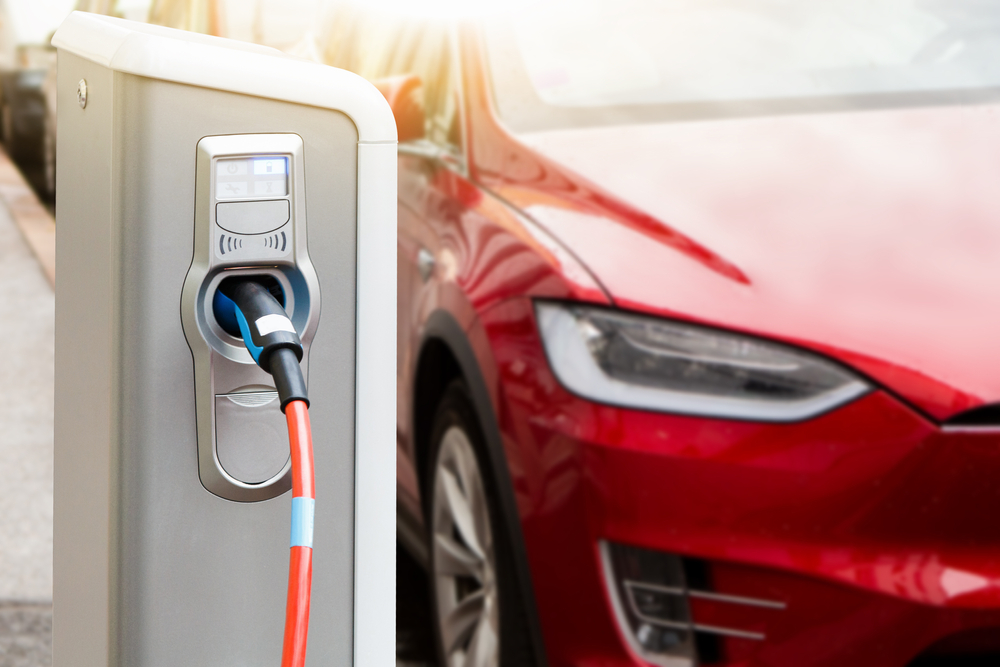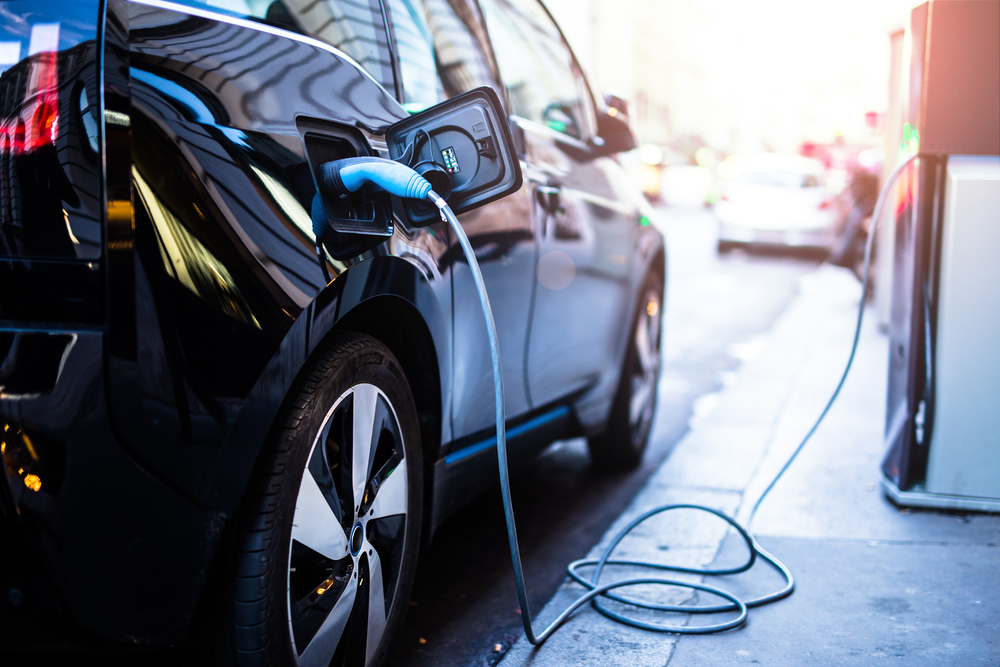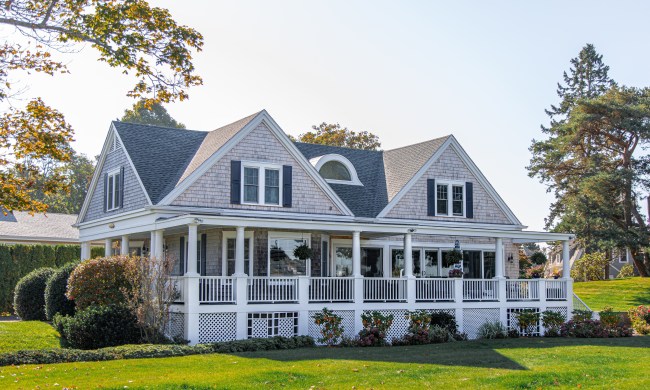Public interest in electric vehicles (EVs) is on the rise as people are beginning to make more permanent environmentally-friendly changes to their homes and in their lifestyles. With car manufacturers ramping up production to meet this growing demand, it’s becoming more and more common to see EVs in store parking lots, on the road, and even in your neighborhood. With EVs and their charging stations popping up all over, will your neighbor’s new Tesla EV increase the value of your home? We’ve got the scoop.

Does your neighbor’s Tesla EV impact your property value?
It may seem like the make of your neighbor’s car can’t impact your home’s value at all, right? Well, when it comes to electric vehicles, that may be the case. Many EV owners are updating their property to include high-performing stations that allow them to charge their vehicle quickly and conveniently at home. With more consumers purchasing EVs, they’re likely to pay a premium on a house with an existing charger.
When your neighbor’s home value increases, so does yours
When appraising a home, the price of other homes recently sold in your neighborhood is a major factor. That means that when your neighbor’s house sells for much higher than its previous price, there’s a good chance that your home’s value can skyrocket too. While home-specific upgrades like pools or finished basements primarily impact just the home on sale, eco-friendly updates can signal to prospective buyers that the community as a whole may be eco-conscious. This raises the profile of your neighborhood, potentially increasing the value of all the homes there.
The benefit of rising interest in electric vehicles
If a large number of homebuyers are expected to own electric vehicles shortly, this creates a massive demand for homes with EV chargers already installed, thus increasing their property value. Luckily, the popularity of EVs is most certainly on the rise. Sales of electric vehicles have tripled in the past four years.
The question is, do these numbers mean that the majority of people will be interested in electric vehicles eventually, and will they need homes with charging stations? According to a recent Pew Research survey, around 40 percent of people are seriously considering going electric when they buy their next car. Additionally, 88 percent of EV owners charge their car at home most, if not all, of the time, so a good portion of homebuyers will be looking for that charging feature.
Neighborhoods with EV chargers have higher home values
Research by Realtor.com found that housing markets with a high number of electric vehicle charging stations tend to have higher average home prices. It’s unclear, however, whether or not the charging stations actually increased home values or if wealthier homeowners are simply more equipped to purchase those higher-priced electric vehicles.
While this correlation between luxury vehicle accessories and home values doesn’t necessarily prove causation, the fact remains that EV chargers are in higher-valued homes, and the presence of one in your neighborhood can only help to attract homebuyers that are willing to pay higher prices.

The impact of car manufacturers’ green goals
With environmental concerns and awareness around climate change increasing every day, car manufacturing companies are taking notice. Many companies like General Motors, Volkswagen, Ford, and Volvo have committed to making all or most of their new vehicles electricity-powered in the next 10-15 years.
This increased competition can also drive down the price of an average electric car, making it more accessible to the general population. This can also increase the number of people with EVs who need homes that can charge them.
The future of electric vehicles
Since we can expect many other manufacturers to follow suit, electric vehicles will become increasingly common, and homebuyers will require features like charging stations in the homes they’re considering. This means that the homes in your neighborhood with charging stations will soon be in high demand, increasing their listing price as well as your own home’s property value.
There’s no doubt that electricity is the future in vehicle manufacturing, and the popularity of these eco-friendly vehicles has created a subsequent demand for charging stations. While it’s still unclear how much EVs and their charging stations can increase home values on their own, it signals to prospective homebuyers that your neighborhood just might be the earth-conscious community they’re looking for.



